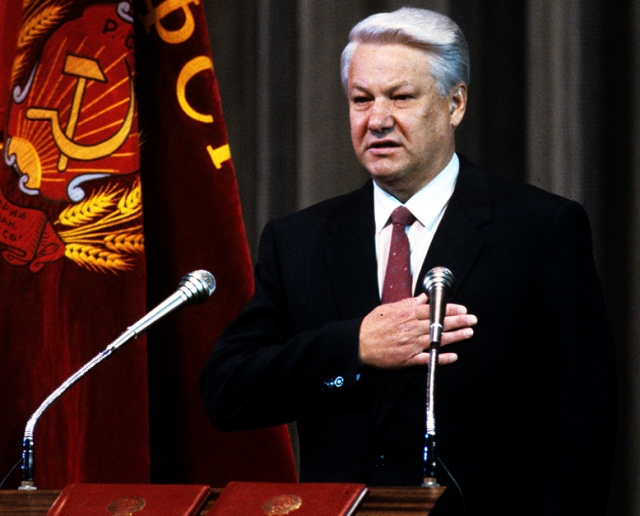Polychronicon 164: The End of the Cold War
Teaching History feature

A quarter-century on from 1989-91, with a large amount of archive and media material available, these epic years are ripe for historical analysis. Yet their proximity to our time also throws up challenging questions about the practice of ‘contemporary history’, and the complexity of events raises larger issues about how we explain historical change, notably the old debate between structural pressures and individual agency. Here lie broader opportunities for education.
For simplicity’s sake we might see the events of 1989-91 as a drama in three (overlapping) acts. In the second half of 1989 we have the collapse of communist governments across Eastern Europe. In 1990 the focus shifted to Germany which, against all historical expectations, was unified less than a year after the opening of the Berlin Wall. Then in December 1991 came the collapse of the Soviet Union itself, where Mikhail Gorbachev’s rapid privatisation had eroded economic stability while his devolution of power to the republics aroused new political forces on the periphery and eventually created a rival power base in the form of Boris Yeltsin’s Russia...
This resource is FREE for Secondary HA Members.
Non HA Members can get instant access for £2.49

